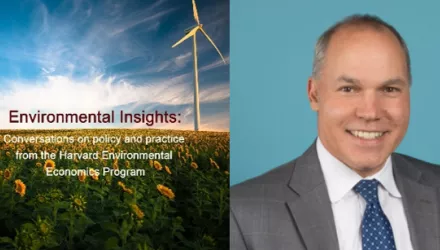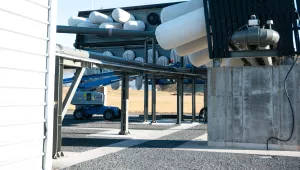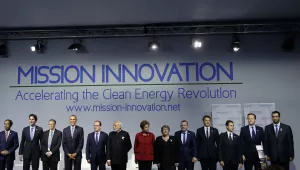
Abstract
There is a sharp boundary between basic and applied research in the organizational structure of the US Department of Energy (DOE). In this work, we consider a branch of DOE that was designed to operate across this boundary: the Advanced Research Projects Agency — Energy (ARPA-E). We hypothesize that much of energy research cannot be neatly categorized as basic or applied and is more productive outside of the confines of the basic/applied dichotomy; ARPA-E gives us an opportunity to test that hypothesis. We construct a novel dataset of nearly 4000 extramural financial awards given by DOE in fiscal years 2010 through 2015, primarily to businesses and universities. We collect the early knowledge outputs of these awards from Web of Science and the United States Patent and Trademark Office. Compared to similar awards from other parts of DOE, ARPA-E awards are significantly more likely to jointly produce both a publication and a patent. ARPA-E has been highly productive in creating new technology, while also contributing new scientific knowledge. This observation points to the productive overlap of science and technology in energy research and, more generally, for mission-oriented research funding organizations.
Goldstein, Anna P and Venkatesh Narayanamurti. "Simultaneous Pursuit of Discovery and Invention in the US Department of Energy." Research Policy, vol. 47. no. 8. (October 2018): 1505–1512.
The full text of this publication is available via Research Policy.







